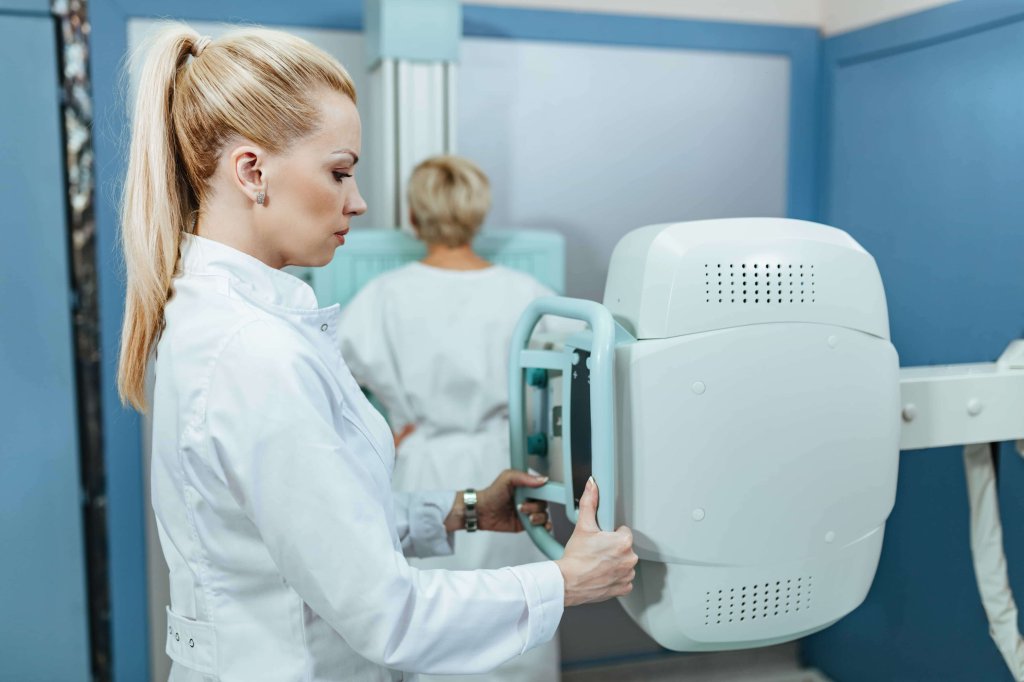What is Mammography?
Mammography is a radiology imaging technique used for breast screening. It allows detailed examination of the internal structure of the breast. Images taken with a mammography machine can reveal any abnormalities in the breast tissue.
How is Mammography Done?
During a mammography, the breast is placed between compression plates and imaged using X-rays. This compression helps to obtain clearer images of the breast tissue.
When is Mammography Done?
Mammography is typically done annually as a routine screening. However, based on risk factors or doctor's recommendations, more frequent screenings may be necessary.
Does Mammography Hurt?
Mammography may cause mild discomfort due to the compression of breast tissue, but it is generally not painful. The procedure usually lasts a few minutes and is tolerable.
When Should Mammography Be Done After Menstruation?
Mammography is usually performed in the second half of the menstrual cycle, about 7 to 14 days after menstruation ends. During this time, hormonal changes in breast tissue are minimal, resulting in clearer images.
Importance of Early Diagnosis
Early detection of breast cancer can significantly improve treatment success. Mammography can detect small and early-stage cancer tumors, making the treatment process more effective.
Where is Mammography Done?
Mammography is typically performed in the radiology department or the obstetrics and gynecology department of hospitals. These departments provide trained personnel and necessary equipment for mammography screenings.
Mammography ACR Classification
ACR (American College of Radiology) Type 3 is a classification specified in mammography reports. This classification defines specific characteristics of mammographic findings and their clinical implications.
Mammography Appointment
Mammography appointments are usually scheduled through the radiology department or the obstetrics and gynecology department of medical centers. Patients should follow the department's protocols for necessary preparations and instructions.
Age Range for Mammography
Mammography is generally recommended for women aged 40 and above. However, in some cases, based on family history or risk factors, mammography may be performed at younger ages.
Bilateral Mammography
Bilateral mammography involves examining both breasts separately to identify any asymmetric findings.
Mammography Biopsy
Mammography biopsy is an invasive procedure performed to confirm or further investigate suspicious findings. It is often performed under mammographic guidance, and the biopsy material is sent to a laboratory for pathological examination.
How is Biopsy Done?
Mammography-guided biopsy is typically performed under local anesthesia. A small sample of breast tissue is taken using a needle or specialized biopsy device, which is then sent to the laboratory for pathological examination.
Please note: This content is for informational purposes only and provides general information on health topics. It should not be used for the purpose of diagnosis or treatment recommendations. If you have any concerns or symptoms related to your health, please consult a healthcare professional for a proper diagnosis and treatment plan.




